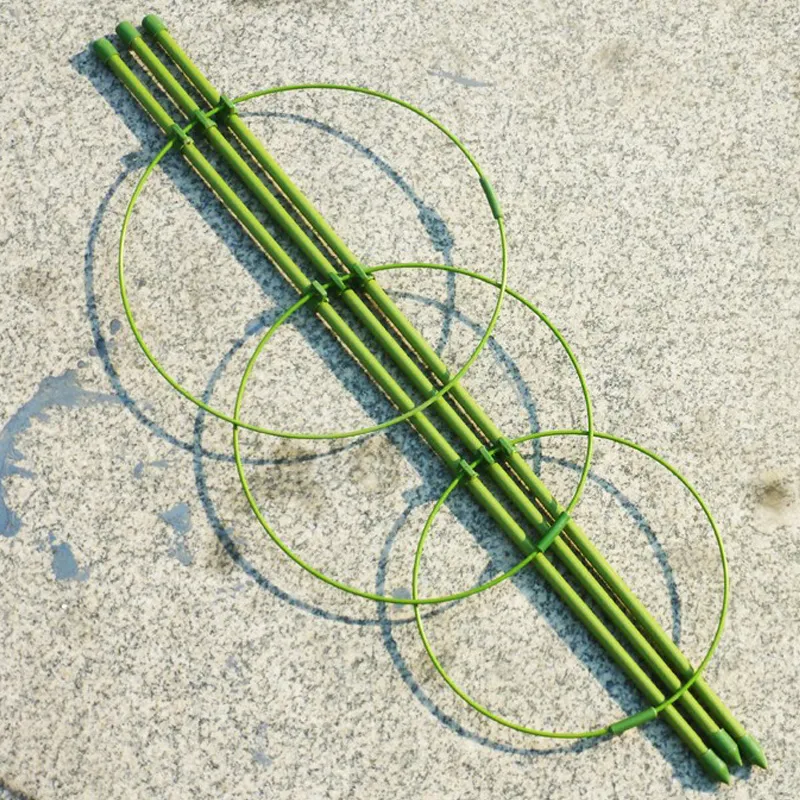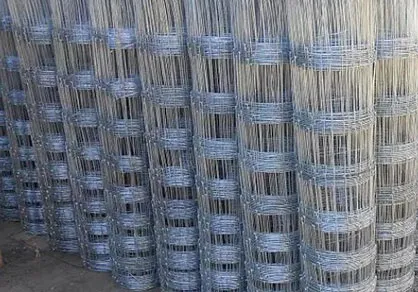

Installation technique matters as much as the screw itself. Pre-drill the holes when dealing with especially dense drywall or when placing screws near the edge of a wall to prevent the drywall from cracking. Use a power drill with a screwdriver bit for steady, controlled insertions. For heavier installations, consider using washers alongside the screws to distribute the load more evenly across a wider surface area, reducing pressure points on the drywall. For an enhanced safety margin, always mount heavy items directly onto the wall studs rather than just the drywall. Stud finders are invaluable tools that help locate the studs hidden behind the drywall surface. Once located, aligning your screws with these points ensures that the weight of your object is borne by the sturdy lumber, rather than the fragile drywall. If direct stud mounting isn't achievable, toggle or molly bolts can be used as effective alternatives that expand within the cavity behind the wall, providing additional anchorage. Professional advice should not be overlooked for complex or particularly heavy installations. Consult a structural engineer or experienced contractor if unsure about the weight distribution or the choice of materials. These experts can assess the specific needs of your home’s construction to provide tailored recommendations. Quality control must not be ignored—a reputable brand that follows standardized manufacturing processes ensures consistency and reliability in their products. Avoid screws with visible manufacturing defects such as malformed threads or deformed heads, as these can compromise the installation's integrity. In every case, the goal is to strike a balance between stability, safety, and aesthetics. With the right selection and installation technique, drywall screws can provide robust solutions to even the heaviest of wall-mounted challenges. Prioritizing quality materials and thoughtful application not only enhances the function of your space but affirms the durability of your installations for years to come, providing peace of mind and a secure home environment.

















